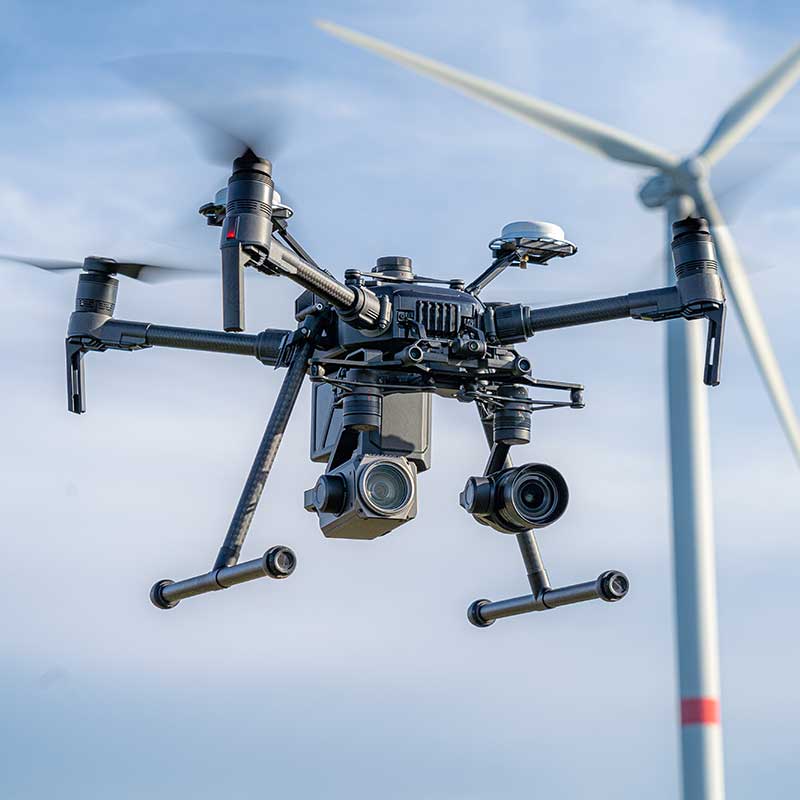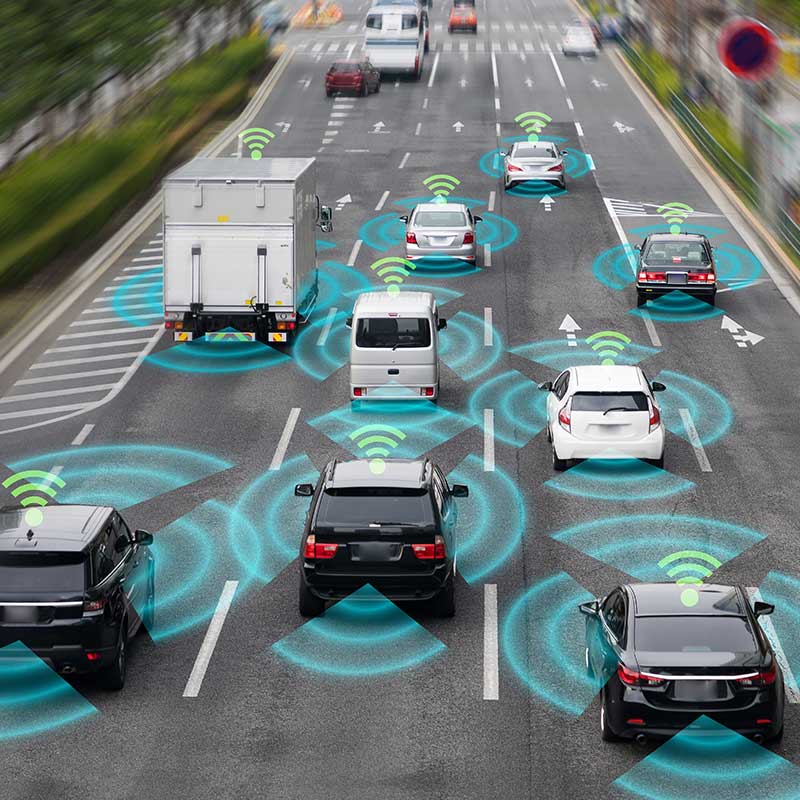The new IoTAC security model for IoT architecture will be validated. Validation will comprise assessment of operational performance, security compliance measured by the SSD platform and the IoTAC SAM platform, as well as the measurement of security improvements over the legacy systems. Four demonstrations will be organized with different IoT use cases, i.e. Consumer, Industrial/Commercial, Airborne, Automotive.
Smart home
Consumer use case
The CERTH/ITI nZEB Smart House is the first Smart near-Zero Energy Building in Greece. It combines a rapid prototyping & novel technologies demonstration infrastructure resembling a real domestic building where occupants can experience actual living scenarios while exploring various innovating smart IoT-based technologies with provided Energy, Health, Big Data, Robotics, and Artificial Intelligence (AI) services. The PragmaIoT platform, which provides access to all services, will be used as a small-scale testbed to evaluate the proposed Software Security by Design (SSD) platform. The security level of the PragmaIoT applications and services will be improved by fixing the identified security issues and by applying the recommendations provided by the SSD platform. The run-time security monitoring features of the IoTAC framework (e.g., Honeypots) along with techniques like threat modelling and simulated attacks will be used to evaluate how much the utilization of the SSD platform improved the security level of the overall IoT platform.


Prosumer cell
Industrial/Commercial use case
Prosumer cells are the key elements of the future smart grid. A prosumer cell is capable to behave either as a producer or as a customer in the grid. It usually contains small local plants (most frequently photo-voltaic modules or wind turbines), switches to change between producer, consumer or off-line states, energy storage, and intelligent controller(s) with sensors and actuators. The pilot’s objective is to improve the security and confidence of the prosumer cell system by implementing the IoTAC solutions.
The pilot site includes 9 solar panels (PV modules) with 3.5kW peak capacity, a hybrid grid-connected inverter, a data logger, an energy flow control device, battery back-up with a storage capacity of 5kWh, an environmental monitoring unit and an e-car charger. This system is connected to the local power grid.
This installation will be mainly used as a development and experimental platform for DER systems, remote management of DER assets, and provide a testbed for predictive maintenance algorithms. The key issue is the safe bidirectional information flow both internally between the local units of the cell and externally with the remote command interface. Commands, measured status, integrated data, and financial information are the main important components of the information flow. The system works partly automatically, partly by commands given by the cell’s owner or the grid operator therefore also the least privilege principle must be strongly enforced.
Drone operation
Airborne use case
The operation will focus on the vulnerability of Unmanned Air Systems and the vulnerability of fixed sensors that are in remote locations without human protection. Such systems are used for civil protection against large disasters (e.g. firestorms), while they can also be extended to monitoring of critical infrastructures such as roads or railways. A model of the system will be established with the user workstations, a ground control station (GCS) for UAVs, access points, and nodes. The system will be built around a hybrid communication network that combines fixed lines and wireless segments. The mobile sensors, UAVs, satellites will also be complex systems with their own protection systems.
The demonstration aims to test the solutions developed in the project to protect large distributed systems against attacks. The challenge is to detect intrusions in the system and the resulting attacks. The pilot will consist of testing the runtime monitoring features implemented by the project and solutions to counter the possible attacks on the system.


Automated car
Automated Driving use case
The Automated Driving (AD) use case will be validated, in which V2x data is exchanged to enable cooperative manoeuvres within its own test track and AD resources in the geographical environment of a real urban environment.
This scenario integrates decision-making algorithms at different SAE levels (2-4) of automation and avails information exchange between the vehicles, pedestrians and the network. The exchanged information conforms to a dataset that ranges from road and weather conditions to data that enables cooperative decision making, such as road status (obstacles) or traffic information for generation of the optimal route.
A virtual environment with virtual vehicles and real automated driving implementation is going to be used to demonstrate IOTAC´s technologies/modules developed, at different project stages, targeting interdomain connectivity and self-management, and configuration capabilities.





